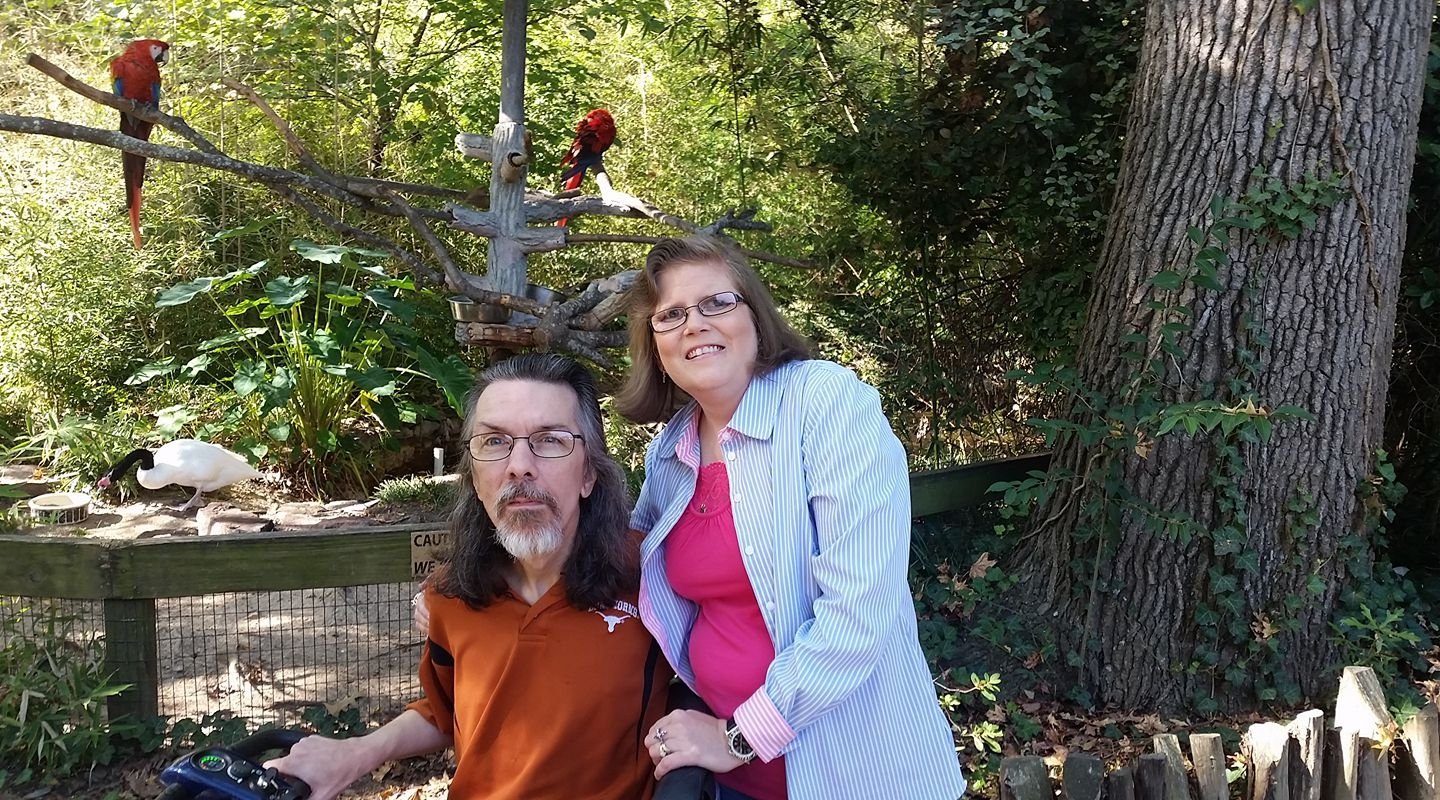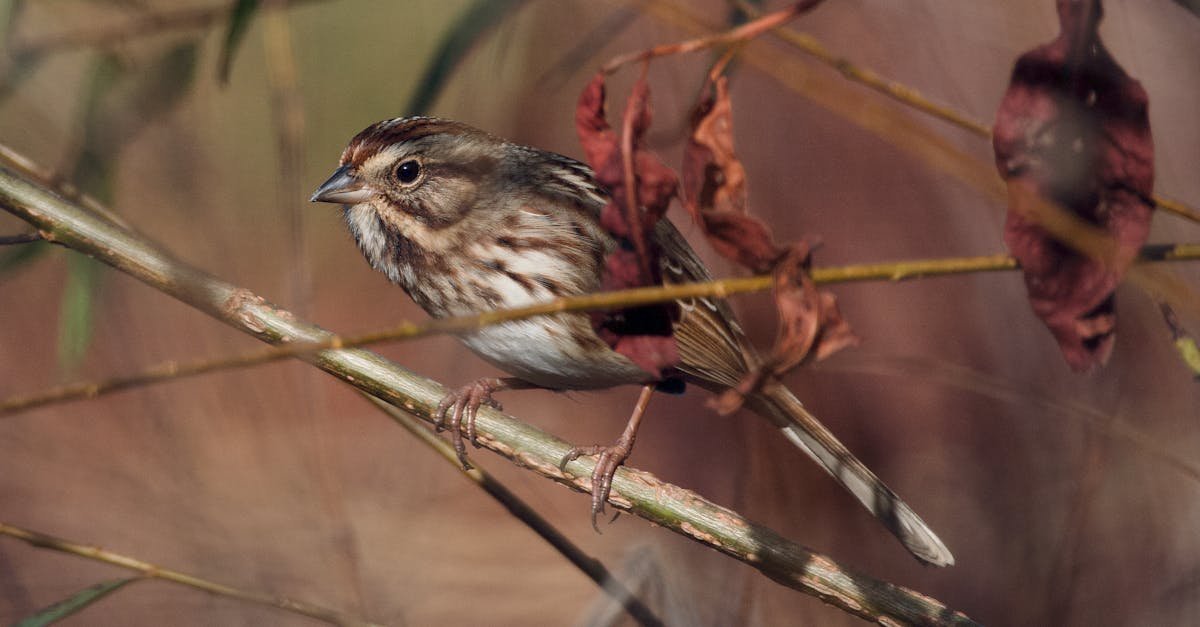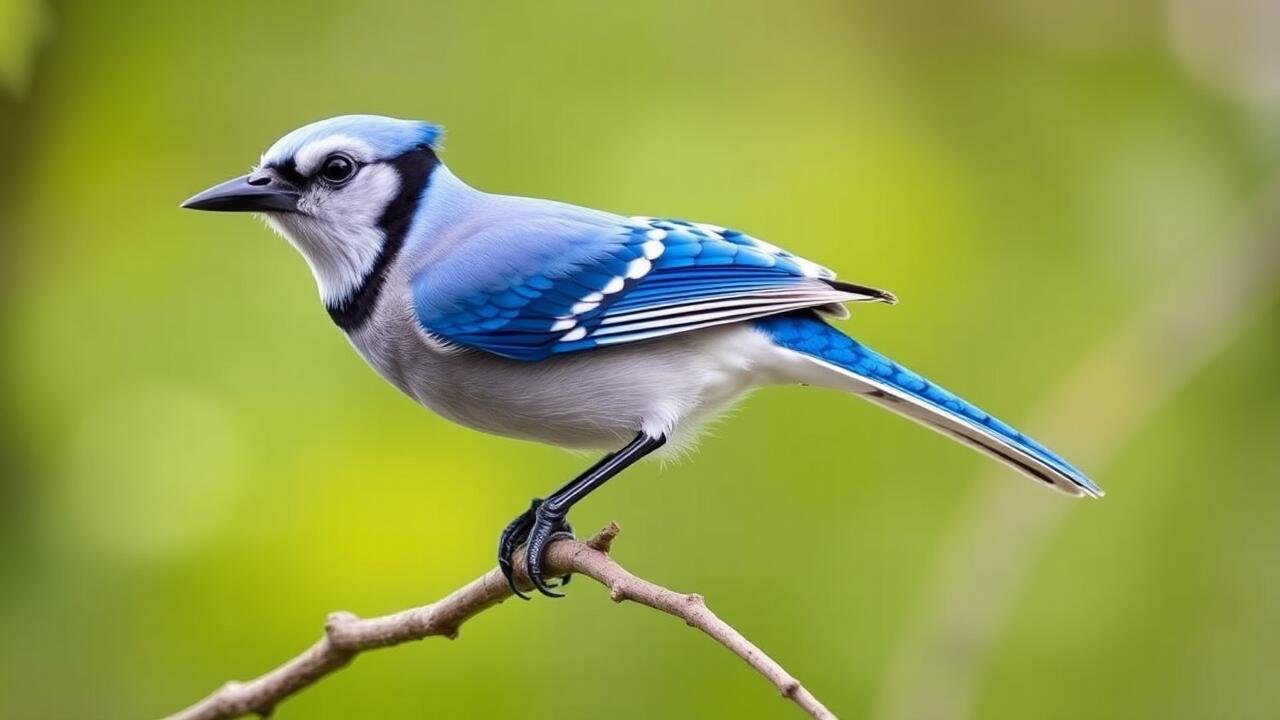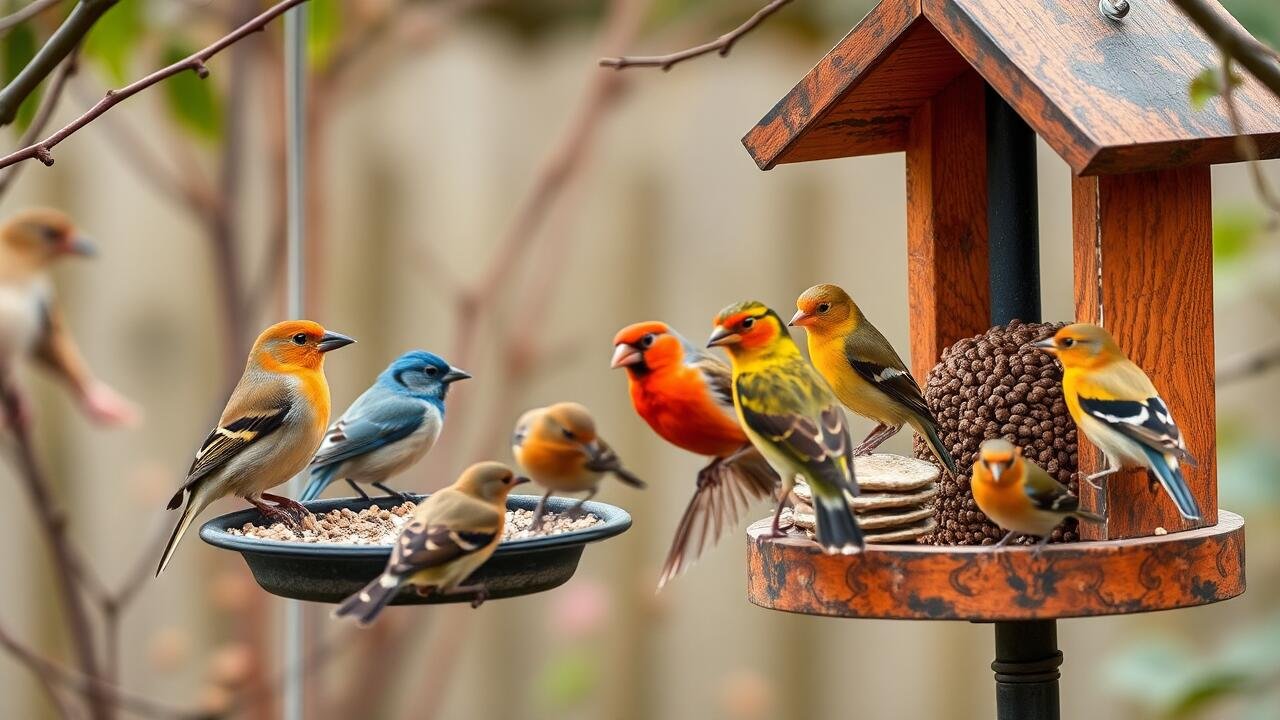Attracting Songbirds to Your Garden
What color attracts songbirds? Creating a welcoming environment for songbirds involves several strategic choices. Planting native flora is one of the most effective methods. These plants not only provide essential food sources but also create natural shelter. A diverse array of flowers with vibrant colors can captivate songbirds, drawing them in, while fruit-bearing shrubs and trees serve as both nourishment and nesting options. The presence of water features such as birdbaths can further enhance the allure, offering birds a reliable source of hydration and a place to bathe, thereby increasing the likelihood of frequent visits.
Beyond plants, the arrangement of your garden is crucial. Incorporating various layers of vegetation, including tall trees, medium-sized shrubs, and ground cover, can create a layered habitat. This complexity welcomes different species of birds, each attracted to specific elements of the landscape. Additionally, scattering colorful ornaments and feeders strategically can attract attention from afar, making your garden a beacon for passing songbirds. Such thoughtful design encourages biodiversity and ensures a thriving avian community within your outdoor space.
Click here for additional info.
Best Plant Choices for Colorful Attraction
Planting a diverse array of flowers can significantly enhance your garden’s appeal to songbirds. Brightly colored blooms, such as sunflowers, zinnias, and coneflowers, work well. These plants not only attract birds with their vibrant hues but also provide essential nectar. Additionally, including native flowering plants in your landscape contributes to a healthy ecosystem. Birds have developed preferences for local flora over time, which helps them thrive.
Crimson and orange shades tend to captivate songbirds more effectively. Incorporating plants like bee balm and cardinal flower can create focal points in your garden. These colors signal food sources, making them irresistible to birds during the breeding season. A mix of flowering plants ensures a continuous bloom cycle, which keeps birds interested throughout different seasons. This diversity creates a dynamic habitat, inviting various songbird species to visit and establish themselves.
Using Colorful Feeders and Accessories
Brightly colored feeders can significantly enhance the chances of attracting songbirds to your garden. Colors such as red, yellow, and orange tend to catch the attention of birds, serving as visual cues that indicate a source of food. These vibrant hues can stand out against the green backdrop of leaves and grass, making the feeders more noticeable. Additionally, the use of various accessories—like decorative perches or seed trays—can offer a more appealing and inviting habitat for feathered visitors.
The placement of these colorful feeders also plays a crucial role in attracting songbirds. Positioning them in open areas or near flowering plants can create a striking contrast that draws birds closer. Ensuring that feeders are easily accessible promotes frequent visits. Using a variety of feeder types, from tube feeders for small seeds to platform feeders that accommodate different species, allows for a broader range of songbirds to be attracted, vibrant colors can harmoniously complement this diverse feeding setup.
How Feeders Can Enhance Visibility
The choice of feeder color plays a significant role in attracting songbirds. Bright and vibrant colors such as red, yellow, and orange stand out against the greenery of gardens or trees. These hues not only catch the eye of birds but also create a striking contrast that can draw them closer in search of food. Adding feeders in these bold colors can lead to increased visits from various songbird species, as they are naturally attracted to lively visuals in their environment.
Additionally, feeder designs that incorporate decorative elements can further enhance visibility. Accessories like colorful perches or unique shapes provide an appealing aesthetic while simultaneously drawing attention. Positioning these feeders in open areas, where birds can easily spot them from a distance, maximizes their effectiveness. By ensuring that feeding stations are colorful and strategically placed, bird enthusiasts can create inviting spaces that encourage frequent visits from songbirds.
The Influence of Habitat
Habitats play a crucial role in determining which songbirds will visit a garden or feeding area. Urban environments often feature limited green spaces, which can influence the types and numbers of birds attracted to those areas. Bright colors in feeders or accessories can stand out against concrete and other structures, making them more visible to birds. In contrast, rural settings typically have a variety of natural landscapes, which may offer a different dynamic for bird attraction. Here, naturally colorful plants may take precedence, blending seamlessly with the environment and enhancing the appeal to local species.
Birds in different habitats may respond variably to colors based on their surroundings and the food resources available. In wooded areas, vibrant red or orange tones may attract nectar feeders like hummingbirds. These colors often contrast with the greens and browns of foliage. In open fields or wetlands, however, softer colors like pastels may blend better with the landscape, attracting other species more effectively. The interplay between color choices and habitat characteristics emphasizes the importance of local ecology in successfully drawing songbirds.
Color Choices in Urban vs. Rural Settings
In urban environments, vibrant colors tend to capture the attention of songbirds more effectively than in rural areas. Bright yellows, reds, and oranges can stand out against the gray tones of buildings and concrete, creating a visual attraction for these birds. Urban gardens, often surrounded by a stark landscape, benefit greatly from introducing bold colors through flowers and feeders. Such contrasts not only enhance the aesthetic appeal of gardens but also signal food sources for birds searching for sustenance amidst the bustling city.
Conversely, rural settings offer a more natural backdrop where softer hues may blend harmoniously with the landscape. In these areas, shades of blue, purple, and pastel colors can appeal to songbirds while providing a sense of safety and comfort. Native plants, which often feature these colors, can thrive in rural environments and attract local bird species. The abundance of natural habitats allows for a wider array of color choices, making garden planning more nuanced and tailored to the specific species frequenting the area.
Please be sure to check out The Complete Guide to Wild and Pet Bird Care: Tips, Products, and Resources
FAQS
What colors are most effective in attracting songbirds?
Bright colors such as red, orange, yellow, and purple are generally the most effective in attracting songbirds, as these colors are often associated with food sources in nature.
Do certain colors attract specific types of songbirds?
Yes, different species of songbirds may be attracted to different colors. For example, hummingbirds are particularly drawn to red and orange, while bluebirds are more attracted to blue hues.
How can I use plant choices to attract songbirds?
Selecting plants with vibrant flowers in shades of red, yellow, and purple can help attract songbirds. Additionally, native plants that produce berries and seeds in these colors will also entice them.
Are colorful feeders really effective in attracting songbirds?
Yes, colorful feeders can enhance visibility and draw songbirds to your garden. Brightly colored feeders, especially in red or yellow, can mimic natural food sources and catch the birds’ attention.
Does the influence of habitat affect the colors that attract songbirds?
Yes, the influence of habitat can impact color preferences. In urban settings, bright colors may stand out more against the concrete backdrop, whereas in rural areas, natural colors may blend better with the surroundings.
Related Links
What is a Songbird and How to Attract Them?
What is the meaning of a songbird?
How do you attract songbirds?
What is considered a songbird?

My name is Shane Warren, the author behind Chirping Birds Hub – your ultimate guide to the wonderful world of birds! Unleash your inner avian explorer as we delve into a vibrant library of knowledge dedicated to all things feathered. From learning about diverse bird species from across the globe to understanding their captivating habitats and behaviors, I’m here to fuel your passion for these magnificent creatures. Not only that, but I also provide valuable insights on being a responsible and informed pet bird owner. Join our vibrant community and let’s celebrate the feathered wonders of the world together – one chirp at a time.


